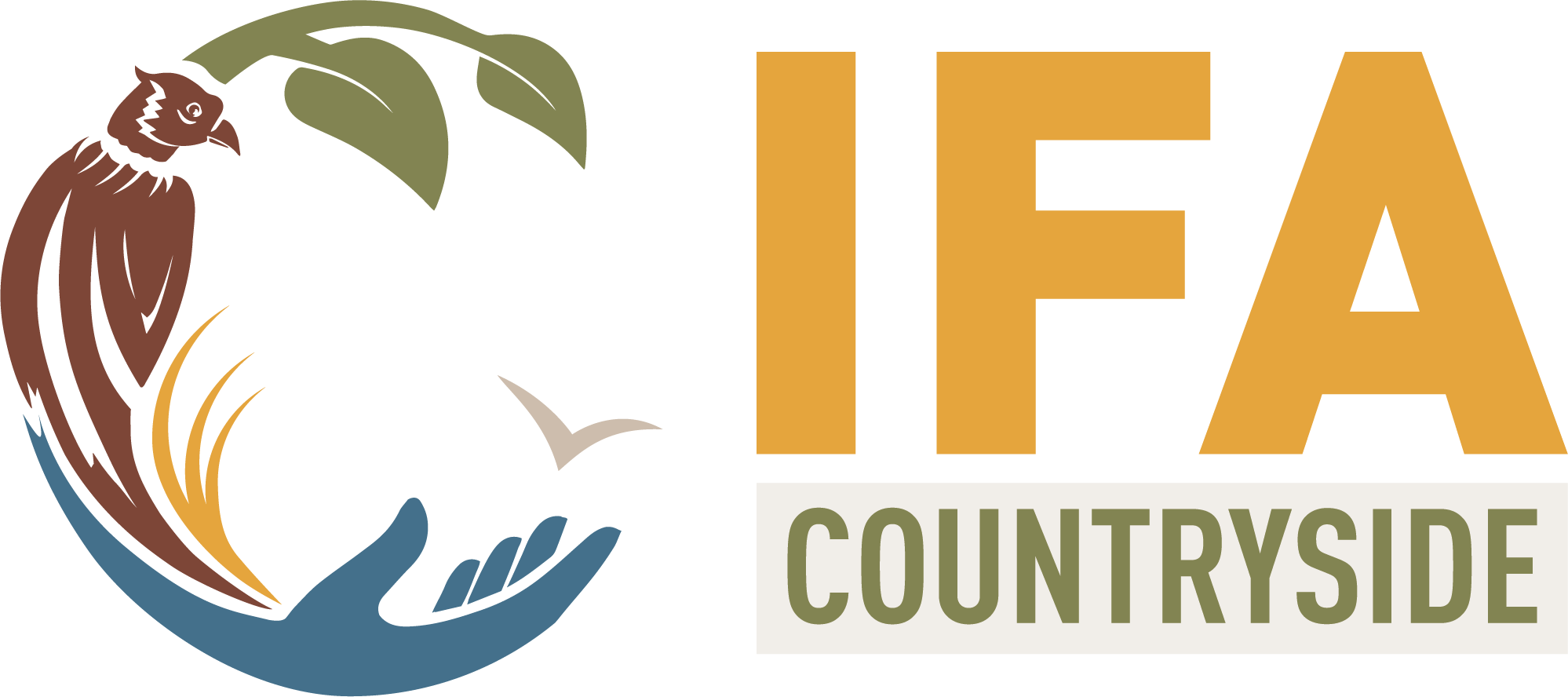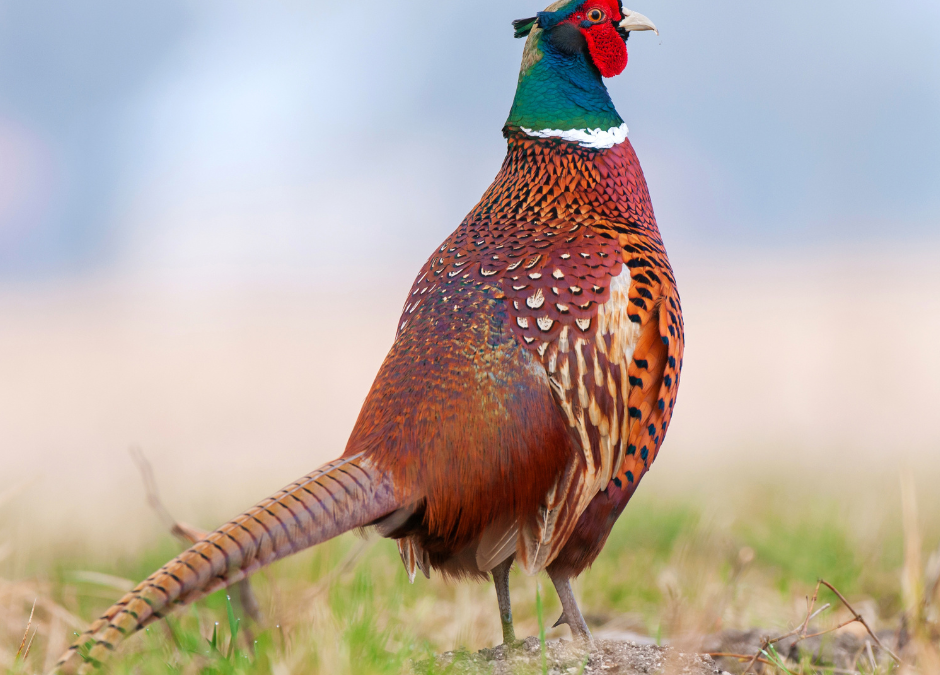
by ifacountryside | May 21, 2024 | Biodiversity, Conservation, countryside, Habitats, Nature, NPWS, Open Seasons, wildlife management
Extensive Public Consultation on the review of legislation to open in mid-June Review will update legislation to ensure that it protects nature and biodiversity loss Announcement is made during National Biodiversity Week, a ten day celebration of nature and...
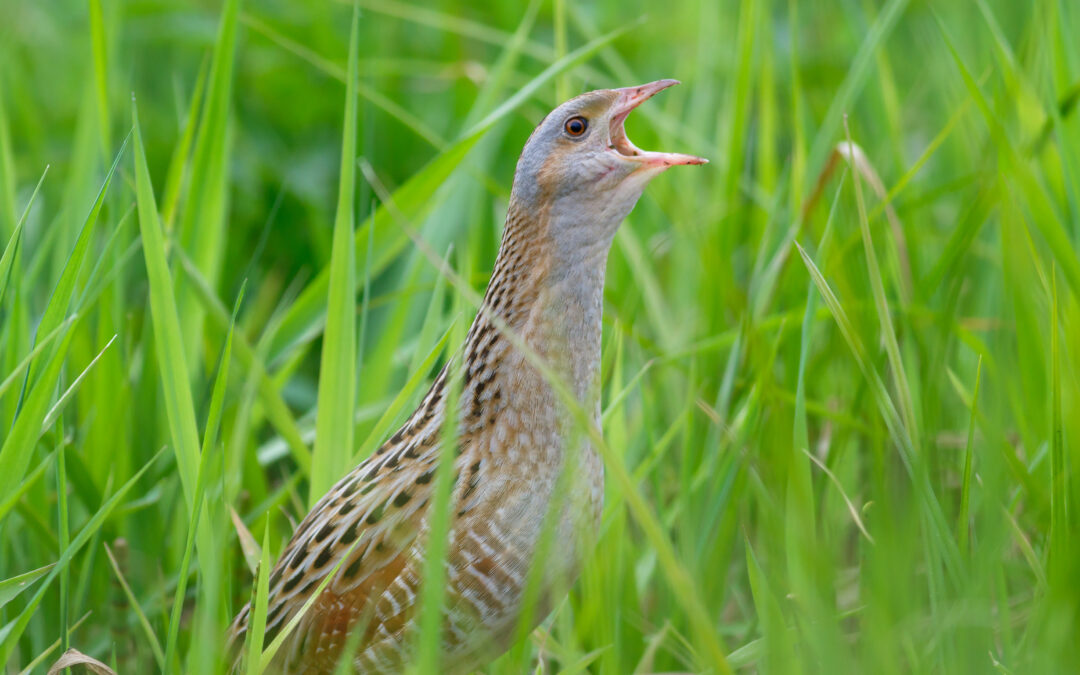
by Barbara Killeen | Aug 10, 2023 | Biodiversity, Conservation, countryside, Habitats, Predation
Key findings 2023 data shows an overall 35% increase in the population of corncrakes in Ireland over the past five years A total of 218 corncrake breeding territories were recorded in 2023, up by 10% on 2022 and exceeding 200 for the first time in a decade. First...
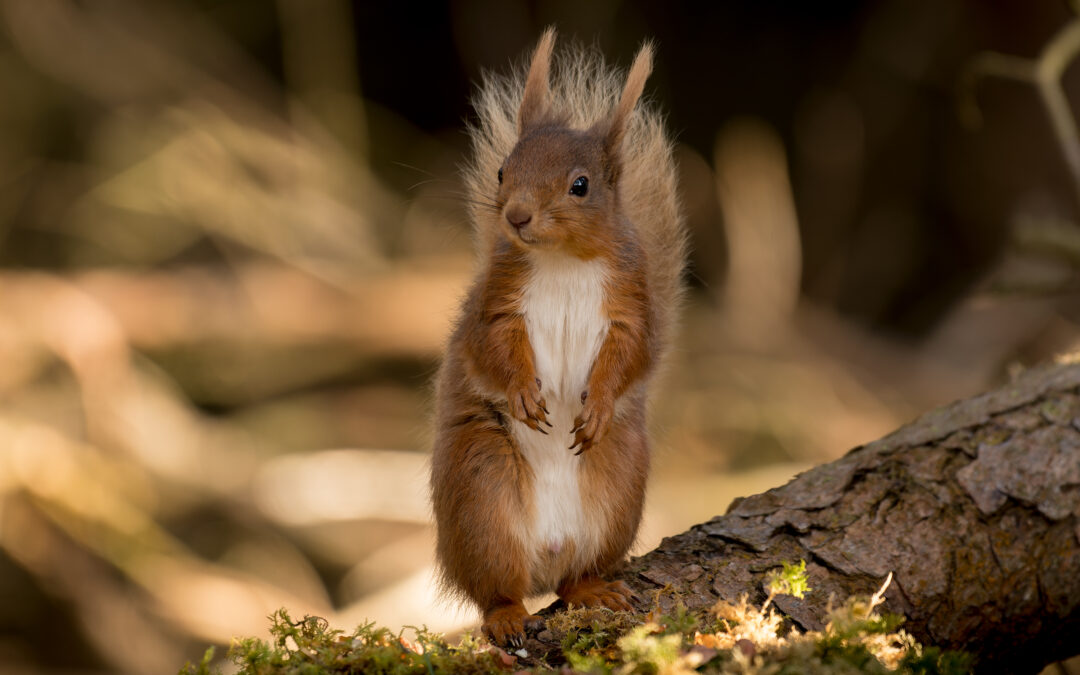
by ifacountryside | Jul 7, 2023 | Biodiversity, Habitats, NPWS, Uncategorized, wildlife management
The National Parks and Wildlife Service (NPWS) has today appealed to the public to keep their distance from vulnerable wildlife and to take great care when spending time with nature during the summer months. Minister of State for Heritage and Electoral Reform Malcolm...
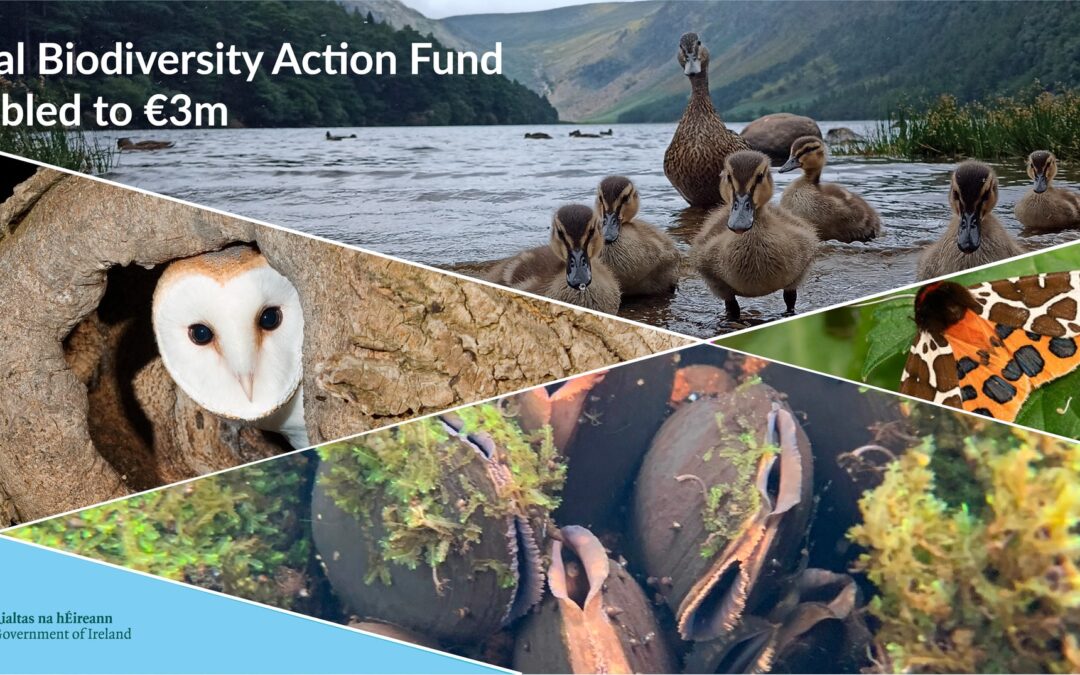
by Barbara Killeen | Jan 25, 2023 | Biodiversity, Conservation, countryside, Environment, Habitats, Rural Development, Sustainability
2023 Local Biodiversity Action Fund supports Local Authorities to progress local biodiversity projects Local Authorities can now apply for funding for 2023 projects Funded projects must align to the actions of the National Biodiversity Action Plan Malcolm Noonan TD,...
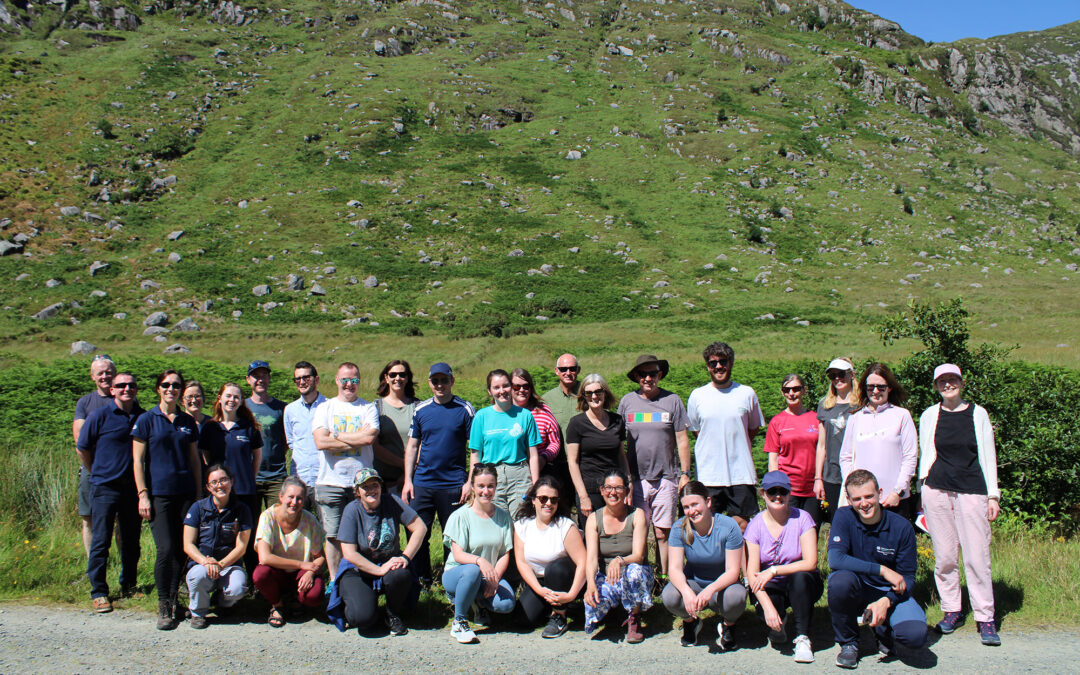
by Barbara Killeen | Aug 12, 2022 | Biodiversity, Environment, Habitats, Sustainability, wildlife management
As part of its education and awareness remit, the team of staff at Glenveagh National Park in Donegal have resumed the popular summer teachers course ‘Learning Through The Landscape’, which has welcomed 20 participants from all over the country. The purpose of the...
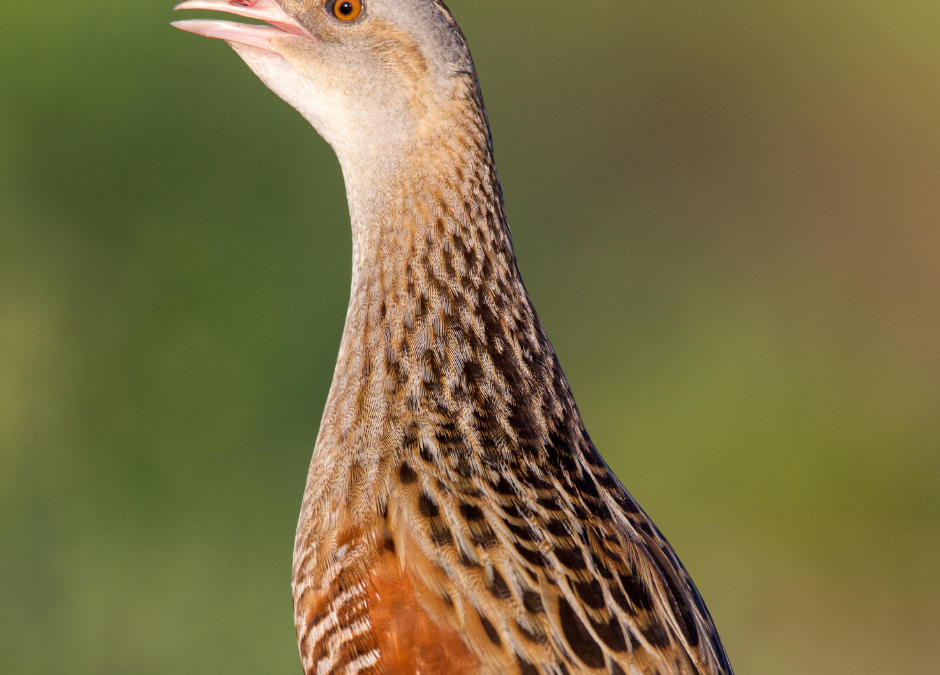
by Barbara Killeen | Mar 28, 2022 | Biodiversity, Environment, Habitats, Rural Economy, Sustainability, wildlife management
A new €5.9m EU-funded LIFE project overseen by the Department of Housing, Local Government and Heritage was launched in Gort a Choirce in Co. Donegal last Friday March 25th by Minister of State for Heritage and Electoral Reform Malcolm Noonan TD and Minister of State...







